Winter for the Matriarch
Former Mayor Harriet Miller Dies
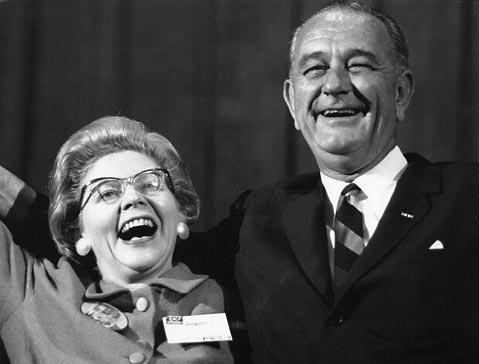
Former Santa Barbara City Mayor Harriet Miller, famous for her commanding, no-nonsense leadership style, wry wit, and occasional displays of public whimsy, died at her Santa Barbara home early Wednesday morning, January 6. She was 90 years old.
Miller was first appointed to the City Council in 1987 to fill a vacancy. After being twice elected to the council, Miller was appointed mayor in 1995 after a court challenge determined that under a new term-limit ordinance her mayoral predecessor, Hal Conklin, had been ineligible to run for office and had to resign. Miller subsequently won election as mayor twice.
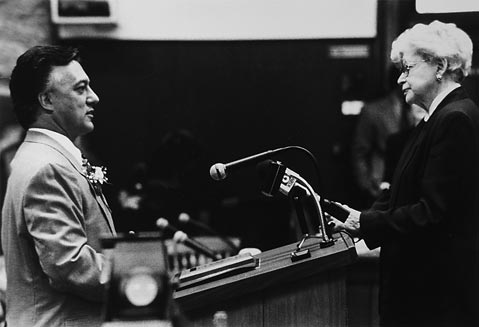
“As mayor, it’s not enough just to do your job. You have to project a sense of leadership to let people know that someone’s in charge,” recalled Conklin. “With Harriet, you definitely knew who was at the helm. She was born to be a leader.”
Dave Davis, who was serving at the time as the city’s community development czar, said, “She was a force of personality. She could reach across the aisle, grab people, and tell them, ‘This is what you are going to do?’ and really make it happen.”
Outgoing mayor Marty Blum served with Miller as councilmember. Blum recalled Miller coming into her office, clipboard in hand, with a checklist of issues and concerns to discuss, and checking them off one-by-one. With Miller, Blum recalled, “You just didn’t say no.” Miller’s leadership qualities were immediately apparent, said Blum: “It wasn’t what she did so much as who she was.”
As mayor, Miller enjoyed an exceedingly close working relationship with former city administrator Sandra Tripp-Jones, and they controlled what issues made it onto the agenda to a degree unheard of today. While obvious friction—both political and personal—existed on the council, debate and disagreement was kept to a minimum. So too was grandstanding, speechifying, and initiative by individual council members.
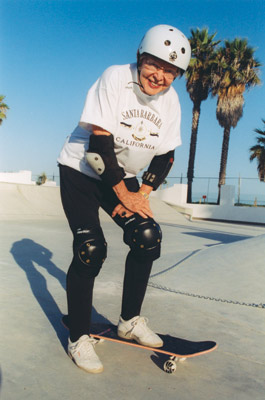
For all her gruffness and toughness, Miller had a fun streak, too. She enjoyed life. During Solstice parades, Miller would don a pink tutu and wave her sparkling magic wand amid a sea of inspired silliness and jiggling flesh. And Miller was on hand attired in full skate-rat regalia when the waterfront skateboard park finally opened after years and years of wrangling. She took special pride in having broken the political log jam that for many years had stymied creation of such a park. Without Miller’s intercession, it’s doubtful the skateboard park would exist.
Likewise, Miller played a key role in the expansion of Chase Palm Park, twisting developer Fess Parker’s arm and wrangling deals to provide the necessary 11 acres of waterfront land. She was a strong supporter of affordable housing. She oversaw the conclusion of Santa Barbara’s downtown redevelopment—epicentered with the development of the Paseo Nuevo mall—and embraced the creation of a downtown arts district as an engine of economic growth. After leaving office, Miller played a key leadership role in transforming the Granada Building into a performing arts center. As president of the Granada board, she led the effort to raise the $60 million in public and private funding needed to get the job done.
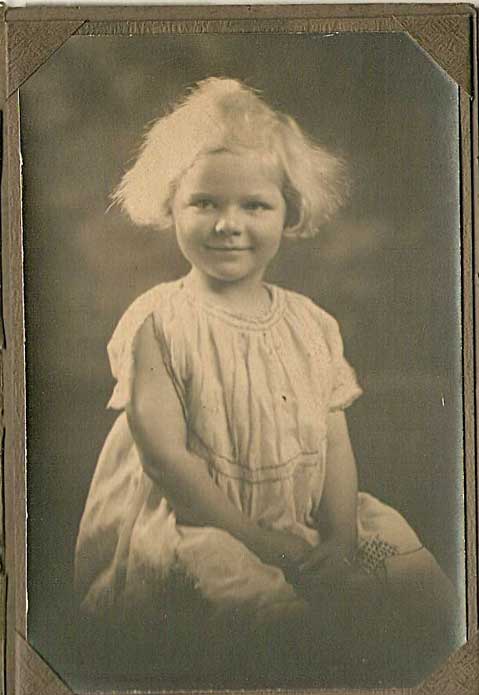
Miller was born on the Fourth of July—she used to joke that until she was seven she thought the fireworks were for her birthday—in 1919 in Council, Idaho, an isolated rural town. Miller was the only child of two public school teachers, cultural refugees from all the confinements of the East Coast. Miller reportedly enjoyed a happy childhood, attending school in the one-room schoolhouse where her mother taught. When she moved on to high school, her principal was her father. Miller attended Whitman College in Walla Walla, Washington, graduating with honors and distinction. She then earned a masters degree in chemistry at the University of Pennsylvania. From 1944 to 1950, Miller worked as a chemist for Atlantic Richfield—now ARCO—in Philadelphia.
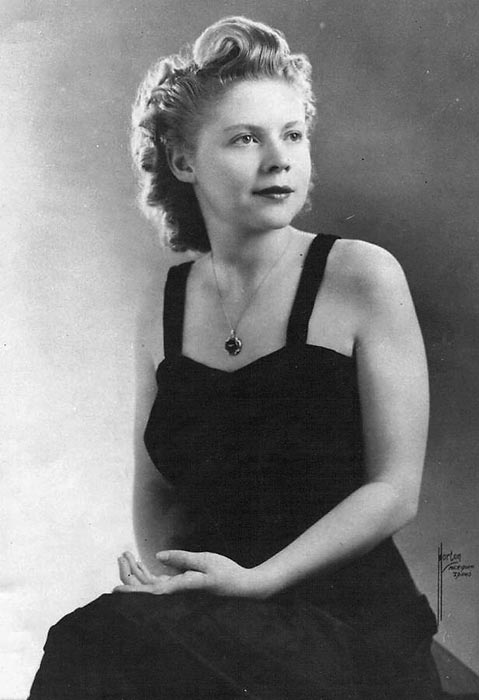
It was during her time in Philadelphia that Miller began a lifelong relationship with Elizabeth Harrison, with whom she would live 43 years, until Harrison’s death. The exact nature of Miller’s relationship with Harrison has been the subject of considerable speculation, but Miller proved tenacious and quietly ferocious when it came to guarding her privacy. Close friends—even close gay friends—who asked too many questions were quickly warned off by one of Miller’s withering looks.
From 1950 to 1956, Miller held a number of administrative posts with the University of Montana. There she encountered the man who would become her mentor in politics, Mike Mansfield. It didn’t hurt Miller’s career any when Mansfield later became a U.S. Senator and a powerhouse within the Democratic Party of rare longevity. Miller herself, however, started her political life as a Republican, the party of her parents. In 1956 she was elected to statewide office for the first of four terms as Montana’s Superintendent of Public Instruction. That same year, Miller ran for Congress and lost. But Miller quickly concluded that Republican politicians in Montana had little interest in education, so she jumped parties and never looked back. As state superintendent, Miller took special interest in the status of Native American education, flying from reservation to reservation to see first-hand the conditions under which Native American students were forced to learn.
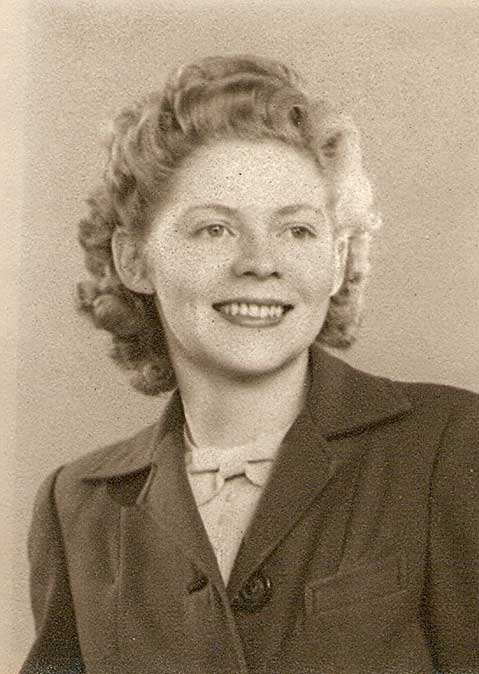
Miller was one of only a few women at that time to hold statewide office—a fact she made a point not to highlight. Instead, Miller liked to joke that the legislature, which met just once every two years for six months, should probably have met every six years for two months. Regardless, the experience gave Miller her first taste of political power coupled with administrative responsibility.
From 1969 to 1975, Miller ran her own management consulting firm. In 1975, she was hired to serve as associate director of the politically powerful AARP (American Association of Retired People), and within a year, she had been tapped for that organization’s top executive spot. Miller quickly ran afoul of her board, however, over what she alleged were intensely incestuous financial relationships between AARP and a prominent insurance company with which the AARP had long been doing business. Miller complained that AARP members could get better rates if the contract were opened to competitive bidding. When the AARP board balked, she pushed. The board retaliated by firing her. She then sued AARP, precipitating a drawn-out showdown that would become fodder for a 60 Minutes expose.
In the meantime, Miller’s close friend Mike Mansfield—by then the Senate majority leader—bailed her out, appointing her executive director of the federal Occupational Safety and Health Administration’s Review Commission. Ultimately, Miller and the AARP would settle their differences out of court. That settlement provided Miller with the financial comfort that allowed her to move to Santa Barbara in 1981 and immerse herself in public life.
From the beginning, Miller jumped into Santa Barbara’s civic life with both feet. She joined the boards of the Santa Barbara Housing Authority—which she chaired for five years—the Santa Barbara County Parole Board, Get Oil Out, the Westside Neighborhood Medical Clinic, the Affordable Housing Association, the Santa Barbara Center for the Performing Arts, the Family Services Agency, and Shelter Services for Women. Housing Authority executive Rob Pearson said he quickly recognized Miller as “a mover and shaker,” noting that she brought a very business-minded approach to the task. “She recognized that we weren’t just a social service agency, that we had to be run efficiently,” he said. Yet he recalled that Miller was disdainful of those in public life who regarded the quest to provide affordable housing as a futile task, given the harsh realities of Santa Barbara’s housing market. “She thought that was a stupid response,” he said. “Maybe the problem is insoluble, but Harriet knew you had to keep chipping away at it. You had to do what you could do.”
In 1987, City Councilmember Tom Rogers—then a rising star in Santa Barbara politics—was elected to the county Board of Supervisors. There was no shortage of applicants eager to fill the vacancy Rogers’s departure created on the council. “There were 20 people in the council chambers trying to get the job,” outgoing mayor Marty Blum recollected. “Harriet strode up that aisle and just took over.” At the time, Miller was 68 years old—though she would steadfastly refused to discuss her age until she hit 90 last July—and had “retired” from two positions of significant executive authority.
As councilmember, Miller proved smart and tough, a pragmatic centrist equally tuned to fiscal realities and to Santa Barbara’s high-profile environmental concerns. Many of the public employee unions that had regarded Rogers as both an ally and a friend found Miller stand-offish, but refreshingly blunt. “If she thought I was full of it, it didn’t take too long for that thought to get from her brain to her lips,” recalled Pat McElroy, now a commander with the city fire department and for many years a leader of the firefighters’ union. Over time, McElroy said he and Miller learned to respect and enjoy one another. “She had style to burn,” he noted, “and if she said, ‘This is the truth,’ you could take it to the bank.”
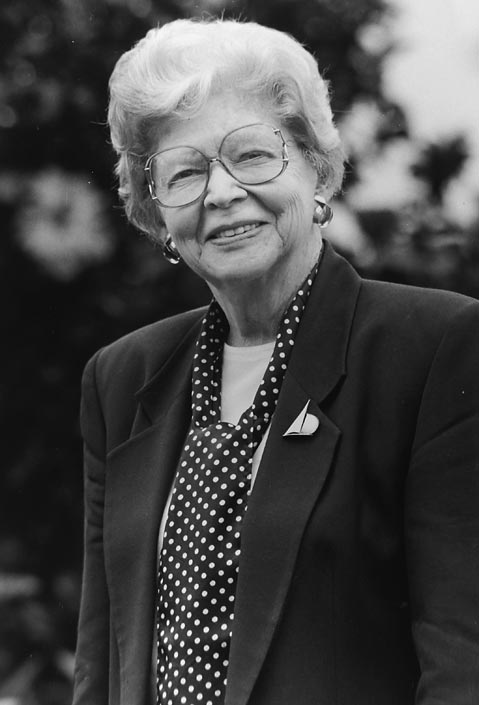
It took a political snafu of the first order, however, to propel Miller from the rank of councilmember to the mayor’s office. In 1994, Hal Conklin had been elected mayor. But a subsequent legal challenge ended in Superior Court Judge William Gordon’s ruling that Conklin’s very candidacy violated the terms of the city’s recently passed term-limits ordinance. Conklin was unceremoniously ejected from City Hall, and Miller was appointed by her fellow council members to take his place in January 1995.
As mayor, Miller’s relations with fellow councilmembers ebbed and flowed from prickly to gracious. Miller was famous for not suffering fools gladly, and banged a mean gavel during windy council deliberations. Every time former councilmember David Landecker opened his mouth, it seemed, Miller’s eyes would roll. Former councilmember Dan Secord recalled that the first time he began expounding from the council dais, Miller turning to him and asked, “Are you going to make a speech?” Secord—never one to be easily intimidated—shut up. Conversely, Miller had a soft spot for councilmember Rusty Fairly, a member of the council’s Republican minority. Every Tuesday morning—before council meetings—Miller and Fairly would go to Mel’s, then an infamous watering hole-in-the-wall, for what Miller and Fairly insisted was just coffee. Miller’s relations with councilmember Jeanne Graffy, a strong-willed if soft-spoken moderate Republican, were never so congenial. The two differed stubbornly over housing policy, and when both ran for the county Board of Supervisors in the mid-’90s things got nasty. A flyer circulated questioning whether Miller was too old to serve. Miller was furious and denounced the flyer as an egregious case of ageist discrimination. Graffy denied having anything to do with the flyer. Miller was far from mollified. Graffy won the race.
In her role as mayor, Miller emerged as an uber executive. The administrative rules then in place enabled Miller—with the cooperation of administrator Tripp-Jones—to exert tight control over what issues came before the council. While some councilmembers, like Secord, would praise Miller’s leadership abilities, proclaiming her “probably the best mayor in Santa Barbara’s history,” other councilmembers—her allies as well as her foes—expressed abiding frustration at being kept at arm’s length from the real decision making. It was as if Miller and Tripp-Jones were playing keep-away from the whole City Council, some complained at the time. Outgoing mayor Blum noted that under the Miller regime, councilmembers could not place an issue on the agenda; only members of the public could. “It was kind of odd,” she said. “If I wanted to get something discussed, I had to get a member of the public to take it to Sandra [Tripp-Jones], and then wait for her to place it on the agenda. That was one of the things that I had changed.”
The issues Miller confronted in her day were not all that different that those bedeviling current councilmembers: growth, affordable housing, gangs, downtown’s economic vitality, recessions, homelessness, fires, and one very prolonged drought. Miller proved careful in picking her battles and had little appetite for symbolic showdowns that were doomed to lose. On certain matters, however, Miller was willing to stick out her neck—and that of City Hall. When City Hall lost $35 million, for example, by investing with Orange Country Treasurer Robert Citron—the financial “genius” who would be exposed as an astrologically-inspired quack—Miller led the charge to wage legal warfare to recoup every cent lost. At that time, this was a risky and controversial option; most communities that lost money investing in Orange County were settling for dimes on the dollar. By not settling, Santa Barbara risked losing everything. In the end, Santa Barbara successfully got all its money back plus attorneys’ fees. In the meantime, Miller made sure that Santa Barbara’s finance director lost his job.
During her 15 years in office, Miller was on hand for the completion of Paseo Nuevo, the importation of State Water, the building of Fess Parker’s hotel, Bill Levy’s development debacle on lower State Street, the construction of about 2,000 units of affordable housing, and the adoption of a city-led initiative that would limit the amount of commercial development that could take place within Santa Barbara. But Miller’s friends contend the mayor took greatest pride in programs designed to help the youth. The idea of Skateboard Park had kicked around City hall for more than 10 years before Miller banged the hammer down. In each neighborhood where such a park was proposed, residents would come unglued, citing a host of social ills that would accompany the locust-like skateboarding hoards. Each time, City Hall backed off. In response, Miller declared the skate park should be built on land owned by City Hall itself. That approach provided the necessary solution. Miller also championed what would eventually become the youth center located in a building owned by City Hall by Chapala and Victoria Streets, as well as the creation of the city’s youth commission. Likewise, it was the forcefully direct Miller who talked turkey with developer Fess Parker over the sizable land easement City Hall needed to expand Chase Palm Park to the mountain side of Cabrillo Boulevard. Ultimately, Parker yielded the land to City Hall even though doing so meant surrendering significant bargaining power during ongoing negotiations taking place between him and the city. That parkland is now the site of an ambitious and expansive playground, coupled with a designer carousel.
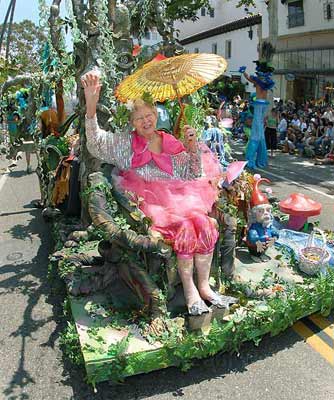
When Miller stepped down as mayor in 2001, she was 82 years old. During the first five years of this, her third “retirement,” Miller threw herself into efforts to rebuild the Granada Building into the new performing arts center it has now become. For the past three years, however, Miller’s health had been failing. Public engagements and personal encounters grew more limited. During her last days, she was at home under the care of hospice nurses. Close friends kept vigil, and old friends would stop by or call. For years, Bruce Rittenhouse—perennial council candidate and one-man activist army—had driven Miller to and fro, caring for her pets and plants while she was out of town. Several years ago, Rittenhouse gave up on Santa Barbara and moved to Mexico. Just hours before Miller’s death, Rittenhouse called up to say goodbye. The receiver was held to Miller’s ear and Rittenhouse sang her a farewell song. She died at 2 a.m., Wednesday morning. There will be no memorial services, but a public celebration of Miller’s life will be held at the Granada Theater on Sunday, January 31 at 2:00 p.m.



